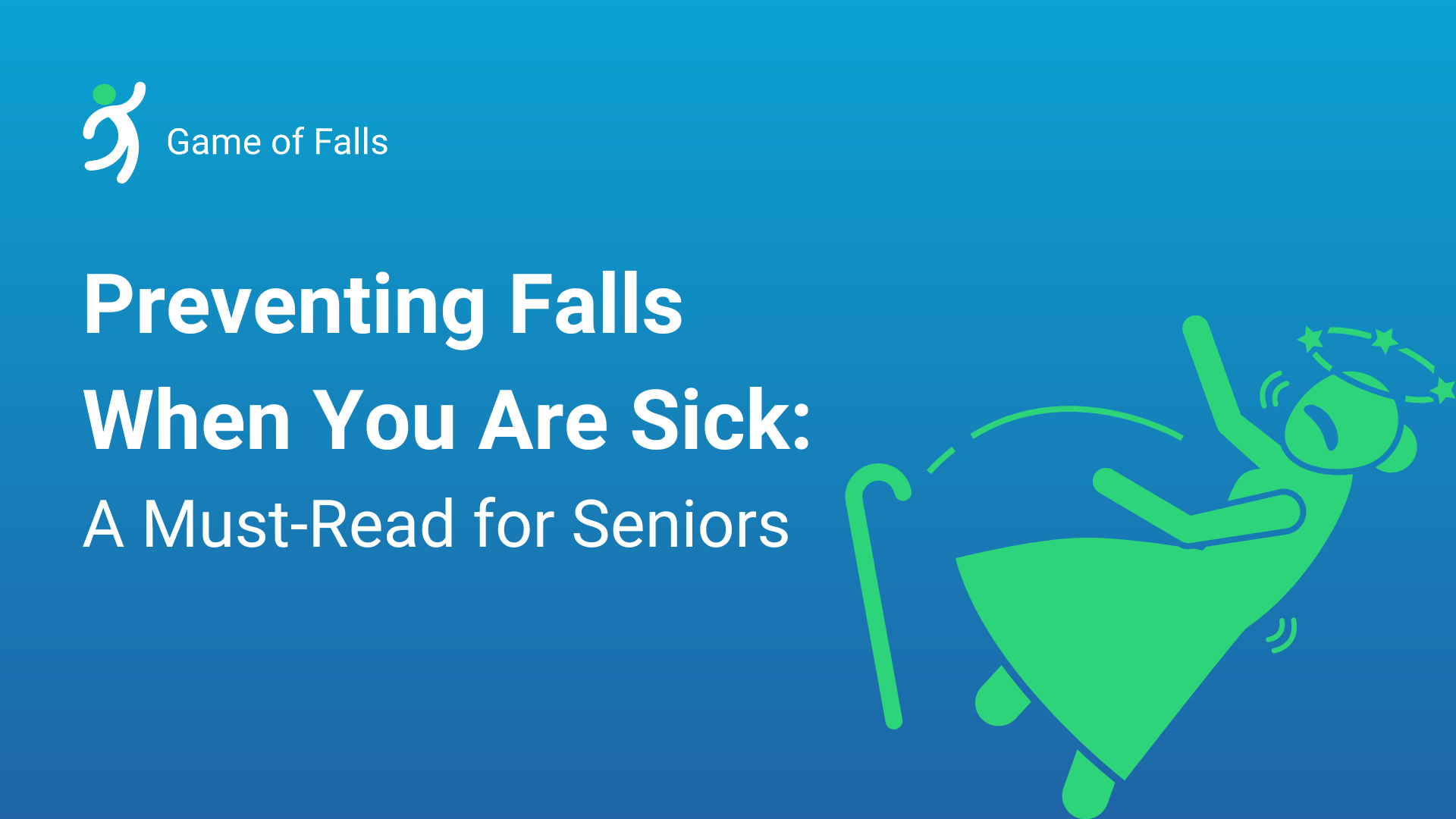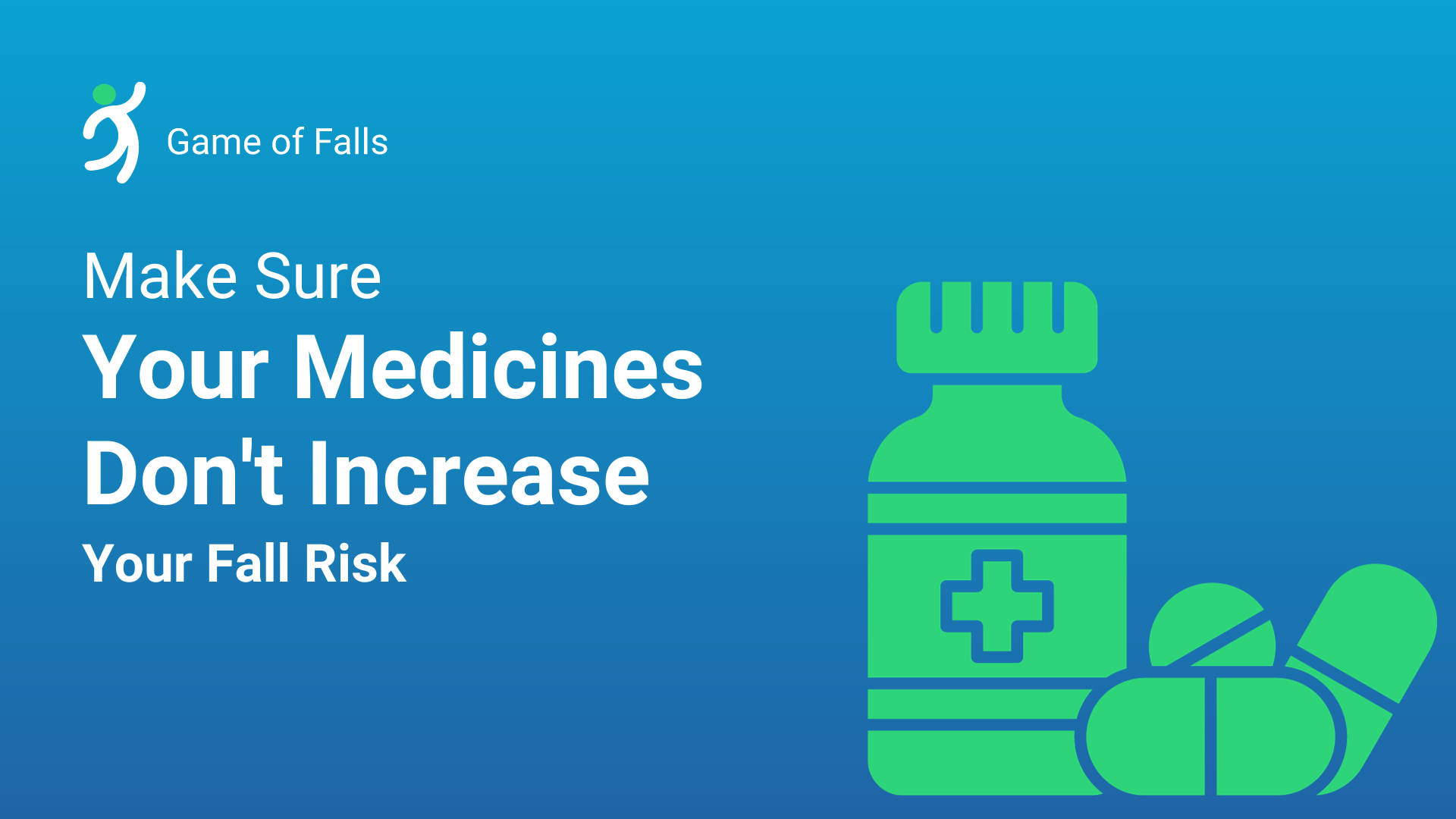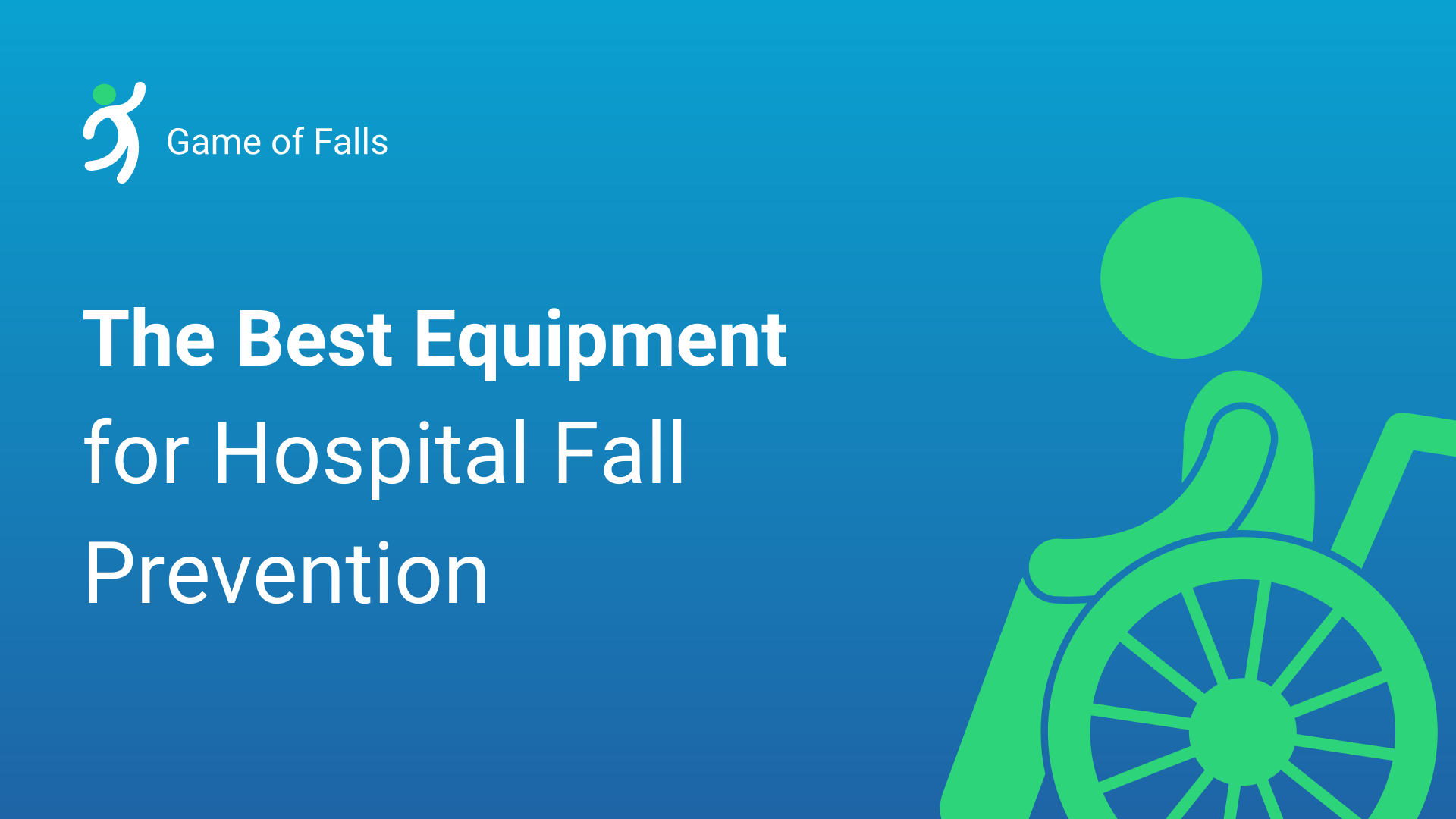
Hospital fall prevention is a crucial aspect of healthcare. Injuries from falls can lead to significant complications and prolonged hospitalization. According to the Centers for Disease Control and Prevention (CDC), falls are the leading cause of injury-related deaths and non-fatal injuries among older adults in the United States. Therefore, hospitals must invest in the right equipment, or they can even try out Game of Falls to prevent falls and ensure the safety of their patients. In this article, we will discuss the best equipment for hospital fall prevention.
Equipment for Hospital Fall Prevention
Bed Rails
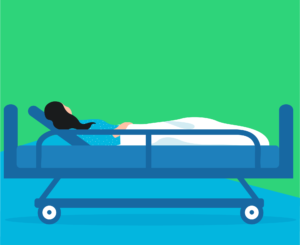
Bed rails are one of the most effective tools for preventing falls in hospital patients. They are designed to provide support and prevent patients from rolling out of bed. Bed rails come in different sizes and can be easily adjusted to fit various bed sizes. They also have locking mechanisms that prevent accidental release. Bed rails are recommended for patients who are at risk of falling or have mobility issues.
Floor Mats
Floor mats are an excellent addition to hospital rooms. They provide a soft landing for patients who fall out of bed and can help prevent injuries. Floor mats come in different sizes and thicknesses and can be placed next to the bed or in high-traffic areas. They are also easy to clean and disinfect, making them ideal for hospital settings.
Gait Belts
Gait belts are another essential tool for hospital fall prevention. They are designed to provide support and stability to patients who have difficulty walking or standing. Gait belts come in different sizes and can be adjusted to fit various body types. They also have handles that caregivers can use to support the patient. Gait belts are recommended for patients who are at risk of falling or have mobility issues.
Wheelchairs
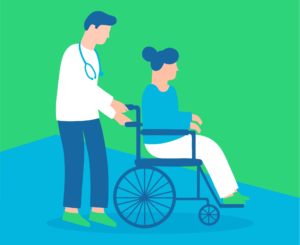
Wheelchairs are essential equipment for hospital fall prevention. They provide mobility and independence to patients who are unable to walk or have difficulty walking. Wheelchairs come in different sizes and types, including manual and electric. They also have safety features such as brakes, footrests, and seat belts. Wheelchairs are recommended for patients who have mobility issues or are at risk of falling.
Walking Aids
Walking aids such as canes, crutches, and walkers are essential equipment for hospital fall prevention. They provide support and stability to patients who have difficulty walking or standing. Walking aids come in different sizes and types and can be adjusted to fit various body types. They also have rubber tips that provide traction and prevent slipping. Walking aids are recommended for patients who have mobility issues or are at risk of falling.
Alarms
Alarms are another tool for hospital fall prevention. They are designed to alert caregivers when a patient attempts to get out of bed or a chair. Alarms come in different types, including bed alarms, chair alarms, and floor mat alarms. They also have different alert modes, including visual, auditory, and vibration. Alarms are recommended for patients who are at high risk of falling or have cognitive impairment.
Anti-Slip Socks
Anti-slip socks are an inexpensive and effective tool for hospital fall prevention. They provide traction and prevent slipping on smooth floors. Anti-slip socks come in different sizes and colors and can be easily replaced when needed. They are recommended for patients who have mobility issues or are at risk of falling.
Hip Protectors
Hip protectors are designed to prevent hip fractures in hospital patients who fall. They are worn over clothing and provide padding to the hip area. Hip protectors come in different sizes and can be easily adjusted to fit various body types. They are recommended for patients who are at high risk of falling or have osteoporosis.
Pressure Alarms
Pressure alarms are another tool for hospital fall prevention. They are designed to alert caregivers when a patient’s pressure points are at risk of developing pressure ulcers.
Patient Lifts
Patient lifts are essential equipment for hospital fall prevention, particularly for patients who are immobile or have limited mobility. They are designed to lift and transfer patients from one surface to another, such as from a bed to a wheelchair. Patient lifts come in different types, including manual and electric, and have different weight capacities. They also have safety features such as slings, straps, and locking mechanisms. Patient lifts are recommended for patients who are unable to move independently or have a high risk of falling during transfers.
In addition to the above equipment, hospitals can also take other measures to prevent falls, such as conducting fall risk assessments, providing education to patients and caregivers, and implementing fall prevention programs. It’s important to note that while equipment plays a crucial role in fall prevention, it’s not the only factor. Healthcare providers should also focus on addressing underlying medical conditions, medications that increase fall risk, and environmental factors that contribute to falls.
When it comes to choosing hospital fall prevention equipment, it’s essential to consider factors such as patient needs, budget, and safety. Hospitals should also ensure that equipment is regularly inspected and maintained to ensure proper function and reduce the risk of accidents.
In conclusion, hospital fall prevention is a critical aspect of healthcare that requires investment in the right equipment and measures. Bed rails, floor mats, gait belts, wheelchairs, walking aids, alarms, anti-slip socks, hip protectors, patient lifts, and other equipment can help reduce the risk of falls and ensure patient safety. However, equipment alone is not sufficient, and healthcare providers should also address other risk factors and implement comprehensive fall prevention programs.
If you’re interested in learning more about fall prevention and how technology can help, visit Game of Falls. By using innovative solutions like the Game of Falls, hospitals can better educate patients and their families on fall risk factors and prevention strategies. Remember that choosing the right hospital fall prevention equipment is crucial, but it’s just one part of a comprehensive fall prevention program. Make sure to consider factors such as patient needs, budget, and safety when selecting equipment, and regularly inspect and maintain it to ensure proper function.
As flu season turns up the dial, one question often comes to mind: Why does the flu hit older adults so hard? It’s a perfect storm where senior flu prevention becomes key since their natural aging nudges immune systems into a less active state, amplifying the impact of flu symptoms. For caregivers, ensuring flu season […]
Confidence is a crucial ingredient in living a fulfilling and independent life, especially for seniors. So, what happens when an event like a fall shakes the very foundation of a person’s confidence, particularly in the elderly? After a fall, it’s natural for seniors to feel vulnerable and apprehensive about engaging in their everyday activities. Fear […]
Have you considered that growing older might mean getting better, so long as you nurture the one body you’ve been given? Staying active is a dynamic part of aging, and a key aspect of that is utilizing preventive health screenings to catch problems early. The good news is that Medicare and most health plans cover […]
Did you know that the medicines meant to ensure your health could also increase your chances of a fall? It’s a startling thought, but true for many older adults. As we age, we often become, rather ironically, a walking pharmacy. With every pill we swallow to keep our health conditions in check, there lies an […]

